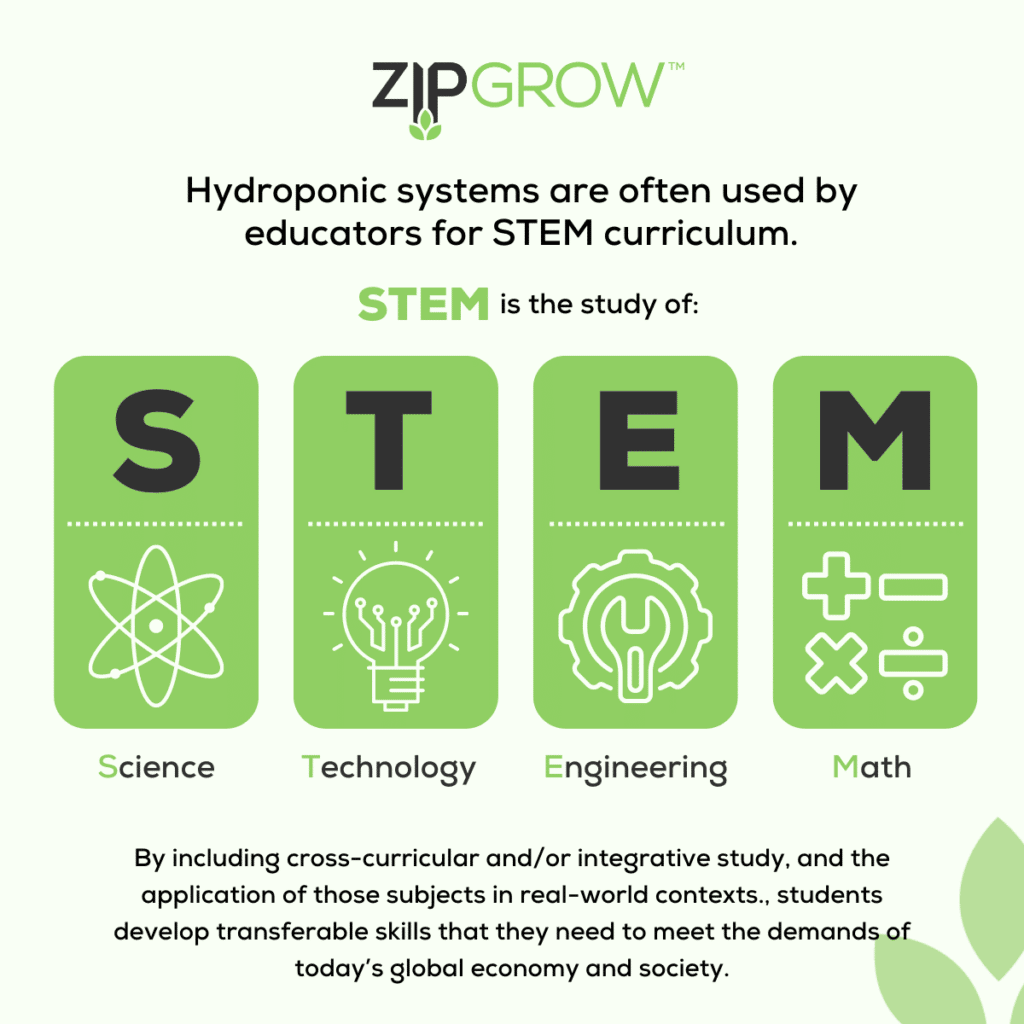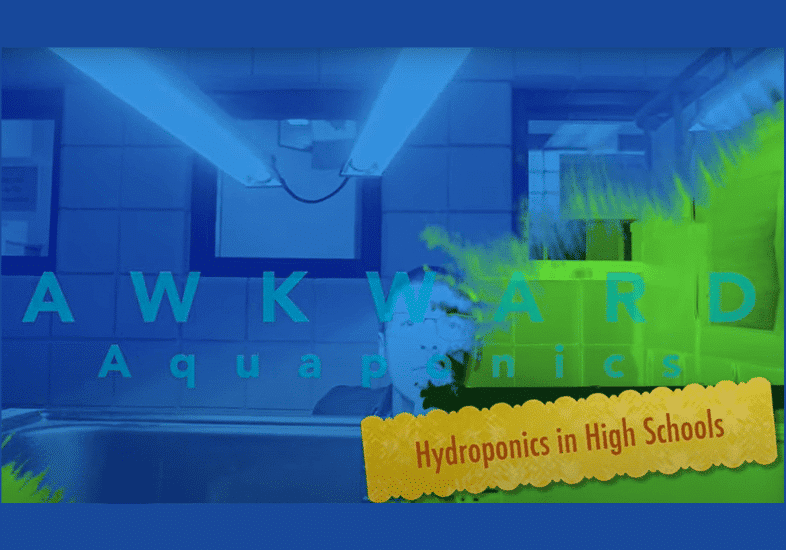Cole Hintz is an educator who believes that students are only limited by their imagination, Something he has in spades when it comes to teaching soilless growing.
He provides hands-on teachings for big-picture learning and his educational YouTube channel Awkward Aquaponics showcases various types of hydroponic and aquaponic systems that students use at Strathmore High School in Alberta, Canada. This includes; deep water culture, drip emitter systems (ZipGrow), aquaponics, and most recently, a passive solar off-grid greenhouse dome. The videos also focus on how students get involved and the value of STEM teachings.
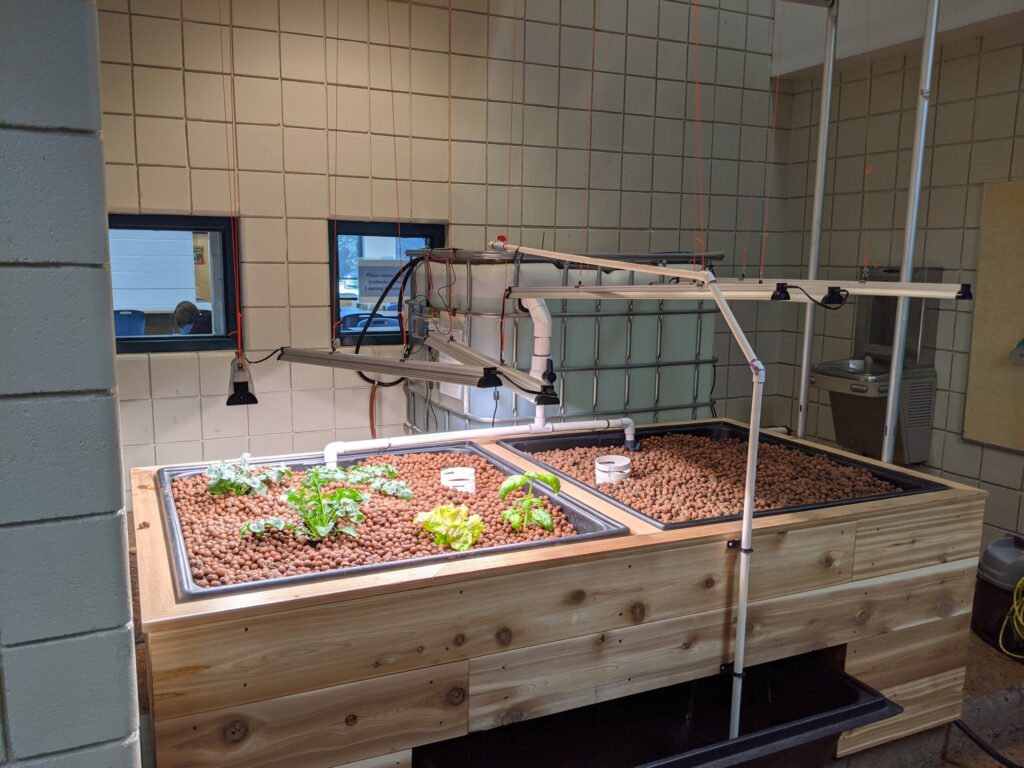
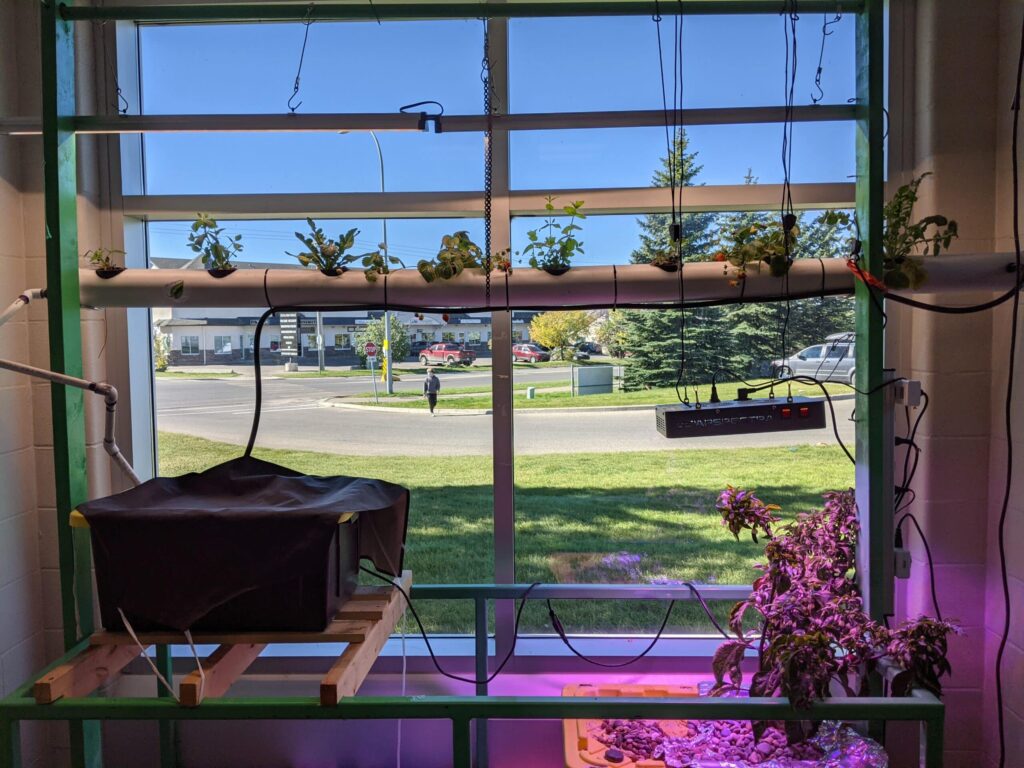
 A big kid at heart, Cole’s enthusiasm and creativity engage youth to learn beyond plant science.
A big kid at heart, Cole’s enthusiasm and creativity engage youth to learn beyond plant science.
“Students are extremely interested in the hydroponic projects that drive a conversation around sustainability, food security, and what is necessary to grow the food we need.”
Take a tour with Coles around Strathmore High School:
Cole introduced ZipGrow Towers into their school in 2020.
“We went with ZipTowers because we wanted our students to have the ability to get into hydroponics and have the ability to change things within experiments. The ZipGrow Towers gave us stability, allowing students to focus more on water parameters, lighting, and plant choice.”
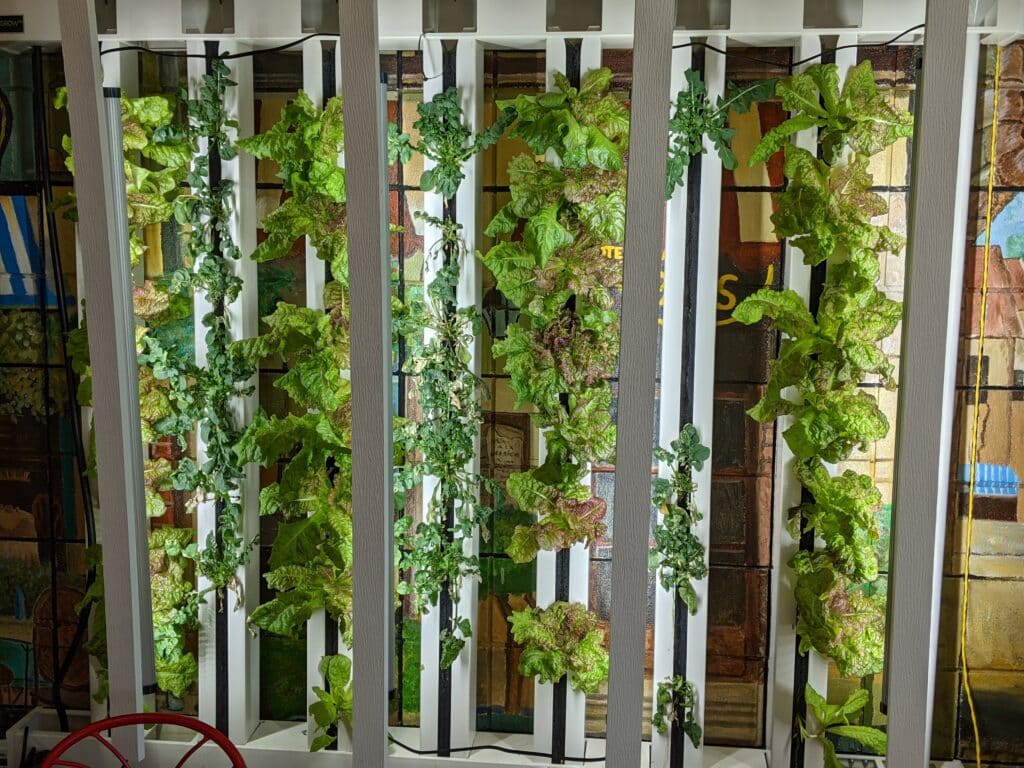
We caught up with Cole recently for a Q&A on how they integrate ZipGrow Towers and how they benefit the students.
What ZipGrow systems do you use?
1 – 8 Tower Farmwall, 1 – 4 Tower Farmwall, 1 DIY Seedling Cart
We use two Farm Walls year round. These provide leafy greens for our local overnight shelter. One Farm Wall is off-grid and allows our students to investigate more on the energy side. We also have extra Towers which enable our students to DIY their own hydroponic systems.
What was the learning curve with using the Towers systems?
The towers were very simple to use, which is one of their greatest advantages. This allowed students to focus on other aspects as opposed to whether the plant roots were getting the nutrients and oxygen they needed.
How did you build this hands-on experience into your curriculum?
I have used this a lot in my science class, especially around experimental design, making solutions, and measurement.
What are your favorite features about ZipGrow systems?
Our favorite feature is the ease of use as well as the scalability. Students can get an idea of what a vertical farm operation could look like while also having the flexibility to conduct science experiments.
What have you grown so far?
Lettuce, kale, Swiss chard, basil, mint
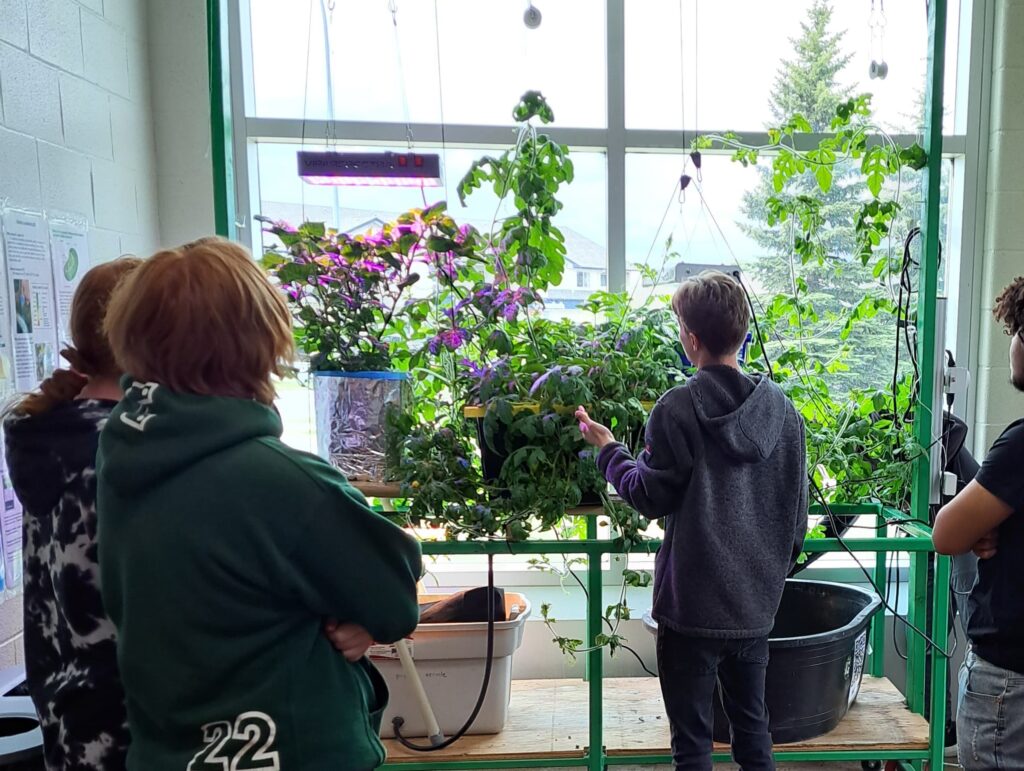
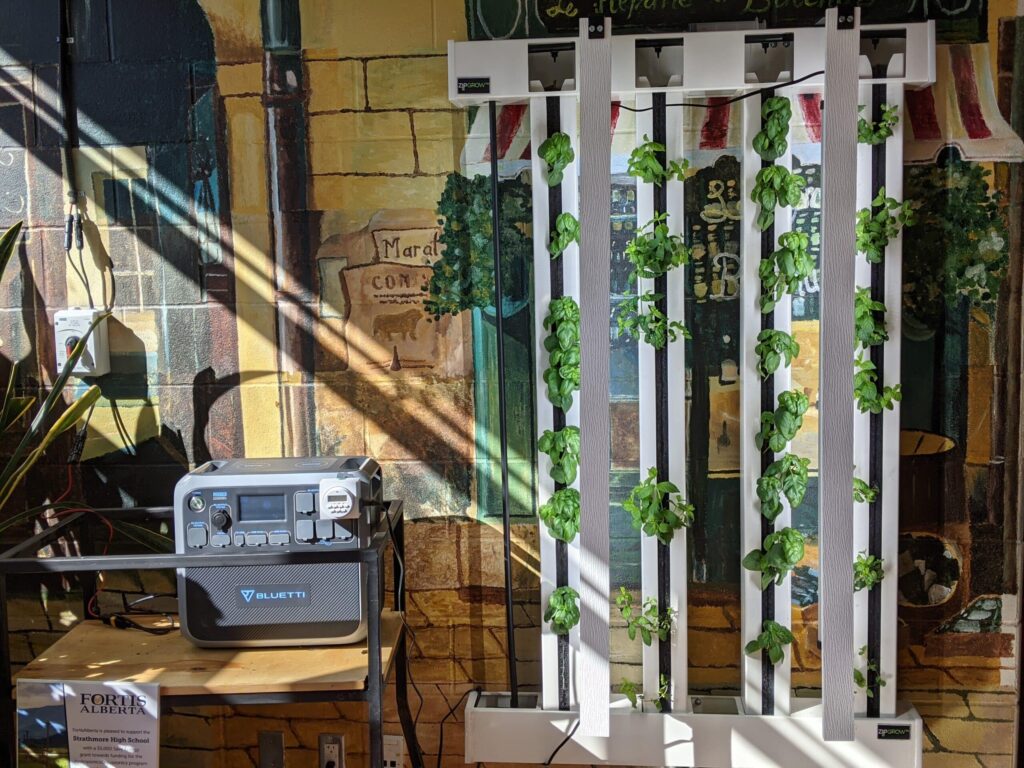
What challenges have you had, and how have you overcome them?
Sometimes with class schedules being what they are, things can grow so fast. We try to balance faster growing lettuce with longer brassicas.
What do you do with all the produce?
We have been taking most of it to the local overnight shelter.
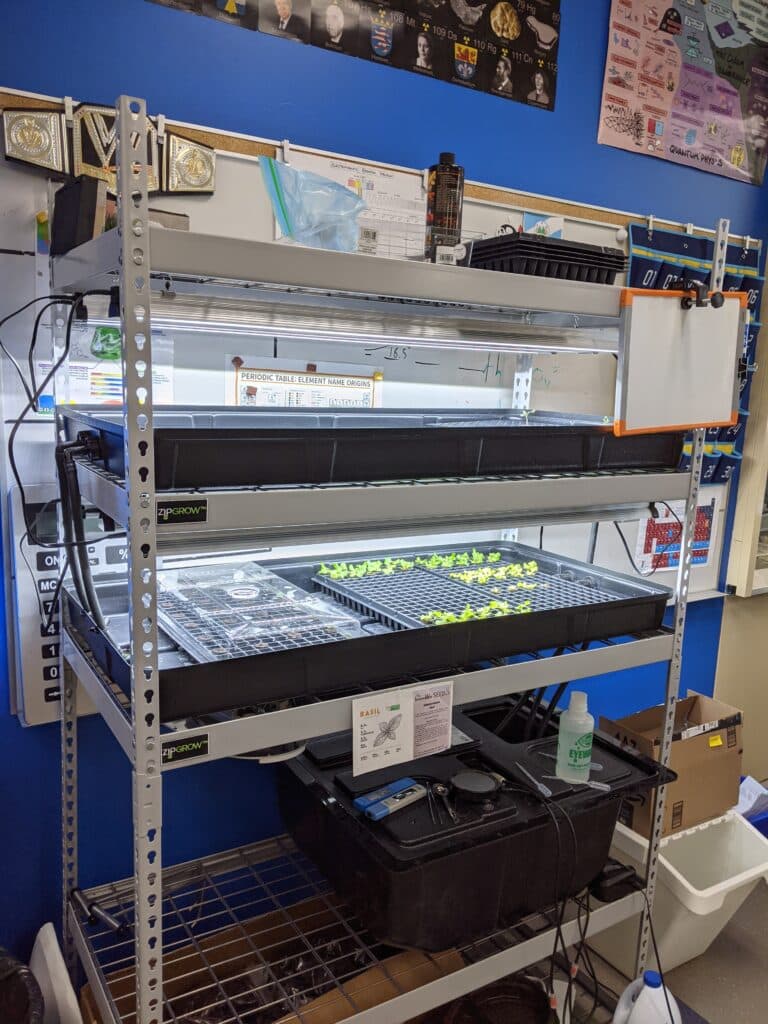 How engaged are your students in the process? Do you feel that it has added value to their overall education?
How engaged are your students in the process? Do you feel that it has added value to their overall education?
This has been fantastic for students. It is awesome when things can be student-driven right off the bat, but things don’t always happen that way.
Having a dependable system allows students to develop skills and see progress until some of those student lead questions are drawn out. At that point, hydroponics is so versatile that it can evolve with student interest and understanding.
Cole was one of the winners of our 2022 #innovations contest.
See some of the awesome (not awkward) hydroponic projects the students have built and are maintaining in their school.
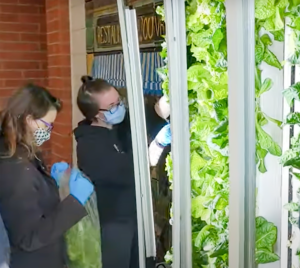
“We appreciate the dependability of our ZipGrow Towers. Students are able to explore hydroponics further knowing that their system works well and any tweaks can be made around the system.”
Funding a school project
Some of the hydroponic projects at Strathmore High School have been supported by funding from their school division Golden Hills plus grants from TD Friends of the Environment Foundation and Fortis Alberta.
The greater a project can find an intersection between STEM, growing food, energy, and community activism we have found that there has been a greater chance of being a successful applicant. This also opens a project to a wider range of available grants.”
Cole Hintz, Teacher, Strathmore Highschool, Alberta
At ZipGrow Inc., we know that lots of educators and student and parent councils are excited about the possibility of implementing soil-less science into their schools. With technologies like LED lighting and ZipGrow Towers, gardening is possible almost anywhere.
The biggest barrier is often funding, and you may be in the same boat.
The good news is that there is a recognized skills gap in Canada and the United States in the area of Science, Technology, Engineering, and Math (STEM). We are seeing an increase in funding opportunities for educators.
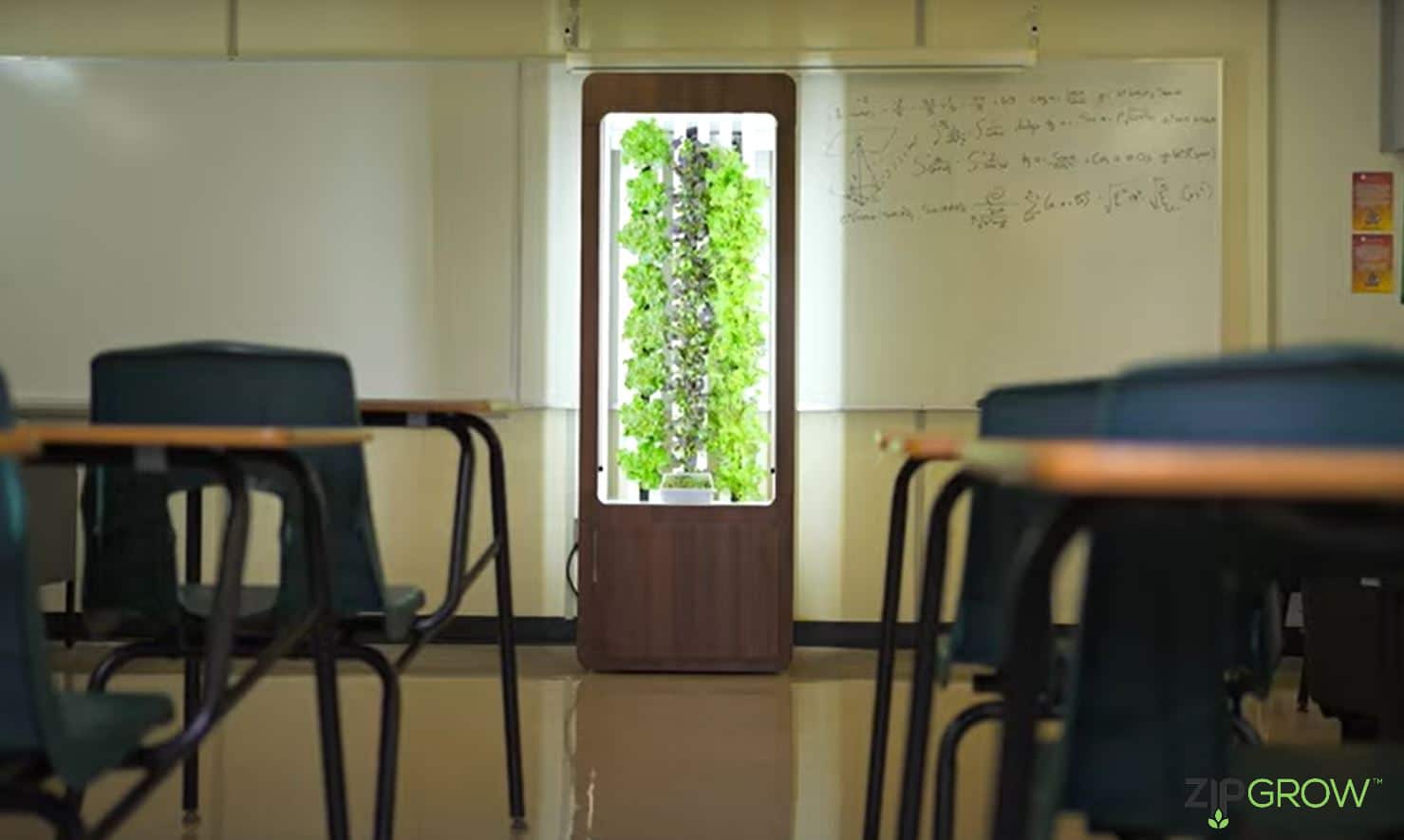
If you are looking to implement a ZipGrow soil-less science classroom garden or other hydroponic technologies in your classroom, check out this link for 2022/23 funding opportunities.
Thanks to Cole Hintz for sharing an update with us on his school.
Here’s what some of his students have to say:
“It is a lot easier to learn and understand because a lot of what we do is hands-on. When we were growing watermelons, we learned from real experience. When a plant failed, we learned why. When it did well, we knew it was something we did.”
“More classes in other schools need to be doing this. This was beneficial to our class, and I guarantee more classes would love this.”
“This needs more attention because it is way more fun than just sitting in a class. This is teaching us something that we can actually put to our future.”
Be sure to follow our socials and blog and subscribe to our YouTube channel, where you’ll find lots of free resources and advice for your classroom.
